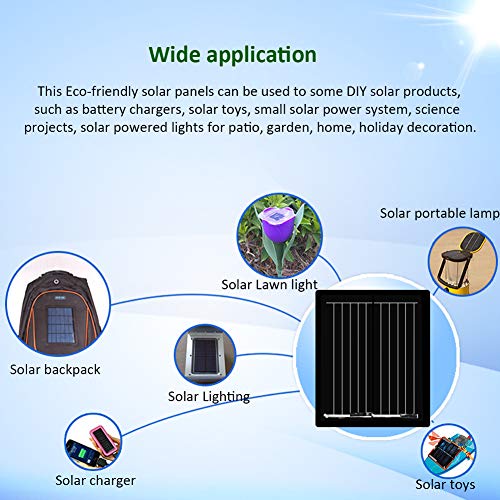Building a small solar setup to power my home office to dip my toes Circuit Diagram While IoT growth is staggering it will undoubtedly run into some future issues. One of the major barriers to the mass deployment of wireless IoT sensors is battery lifetime. Depending on power requirements, a primary battery will last a few months to a few years. Short battery life adds significant cost to a system over its lifetime.

Adding cheap and simple solar power to our small outdoor projects (e.g. ESP32, ESP8266, Arduino Pro Mini) removes the need to save energy or recharge batter

Solar energy for your IoT device Circuit Diagram
Small-size solar harvesting panels from Sparkfun tested with Otii Arc Pro Pick the right solar panel for an IoT device To make a fair and data-backed decision about whether solar energy harvesting is a superior energy source compared to battery power, we need to evaluate its economics. When to use battery + solar power for your IoT devices? Battery and solar is a common power supply method for devices in remote areas that need to remain operational for longer periods of time than what a battery alone could support. The following applications would be considered good applications for battery + solar:

The battery is used to power our device (Arduino, ESP8266 etc) when the energy supply from the photovoltaic panel is insufficient (for example on particularly cloudy days and at night). A DC/DC converter (optional): if the voltage supplied by the battery is lower than the operating voltage of the device to be powered, it is best to use a DC/DC

How to Size a Solar Panel for an IoT Device Circuit Diagram
SunAirPlus - Solar Power Controller/Charger Data Collector; LiPo Battery; 6V 3.4W Solar Panel; Raspberry Pi as Data Logger / Analytics / Display; The system works as follows: SunAirPlus is hooked up to a solar panel and a LiPo battery. SunAirPlus handles all the complexities of properly charging and discharging a LiPo battery. 2. Optimize Solar Panel Placement. Maximize energy efficiency by positioning your solar panels correctly: Identify the optimal angle for your location using a solar angle calculator. Keep panels clean and free from debris, such as leaves or snow, to ensure consistent energy collection. 3. Add Redundancy Reduce power consumption and consider ways to make the device more efficient; Deploy system with appropriately sized solar panel and battery; Publish data on the tago.io dashboard; An IoT ESP 32 Temperature Sensor. This tutorial will cover powering an ESP32 with a 6V solar panel and a 3.7V LiPo battery.

